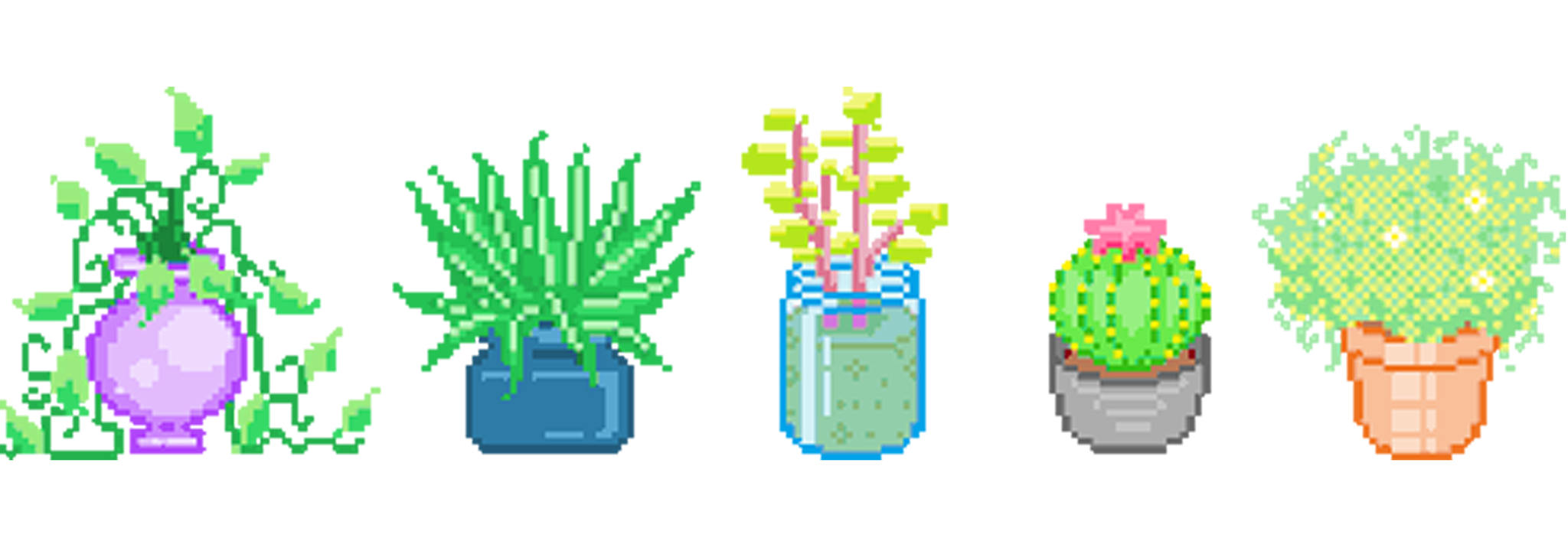Leggy tends to mean they're reaching for more light. Is there a place they can be that has more intense sunlight? You might also be looking at repotting them in something a bit larger soon.
Houseplants
Welcome to /c/houseplants @ Mander.xyz!
In between life, we garden.

About
We're a warm and informative space for plant enthusiasts to connect, learn, and flourish together. Dive into discussions on care, propagation, and styling, while embracing eco-friendly practices. Join us in nurturing growth and finding serenity through the extraordinary world of houseplants.
Need an ID on your green friends? Check out: !plantid@mander.xyz
Get involved in Citizen Science: Add your photo here to help build a database of plants across the entire planet. This database is used by non-profits, academia, and the sciences to promote biodiversity, learning and rewilding.
Rules
- Don't throw mud. Be kind and remember the human.
- Keep it rooted (on topic).
- No spam.

Resources
Recommendations
Health
Identification
- PlantNet.org (see also: !plantid@mander.xyz)
- Seek from iNaturalist
Light Information
- GrowLightMeter
- PlantLightDB
- HouseplantJournal (Scroll down.)
Databases
- Catalogue of Life
- Perenual.com
- The Garden.org Plants Database
- Useful Tropical Plants (Interactive Database Version)
- WorldFloraOnline
- USA-NPN
- Tom Clothier's Garden Walk and Talk
- Plants for a Future
- USDA Datasets
- Permapeople.org
- Temperature Climate Permaculture: Plant Index
- Natural Capital Plant Database
- Colorado Plant Database
- SEINet
- North American Ethnobotany Database
- BCSS Field No. Lookup (collection site IDs for cacti and succulents)
- U Michigan Native Plant Database for Michigan by Region
FOSS Tools
- Common House Plants API
- HappyPlants (Monitoring App)
- PlantGeek (Care Info App)
Similar Communities
DM us to add yours! :)
General
Gardening
- !balconygardening@slrpnk.net
- !gardening@mander.xyz
- !nativeplantgardening@mander.xyz
- !gardening@lemmy.ml
- !gardening@midwest.social
- !permaculture@lemmy.world
- !tropical_plants@mander.xyz
Species
Regional
Science
Sister Communities
Science and Research
Biology and Life Sciences
- !anthropology@mander.xyz
- !biodiversity@mander.xyz
- !palaeoecology@mander.xyz
- !palaeontology@mander.xyz
Plants & Gardening
Physical Sciences
Humanities and Social Sciences
Memes

This window gets direct sunlight for 2/3's of the day. I hope it's not that, I can't give it much more 😂
If you think it isn't a sunlight issue. Knock it out of the pot and take a photo of the root ball. This is either a watering or a feeding issue or a light issue or, as is often the case with house plants, a lil bit of all 3.
It's a little hard to tell from the picture alone, so take my thoughts with a grain of salt, but it does appear to be etiolated. Direct sun (or what we think of as direct) might not be the issue necessarily. Sometimes consistent, lower levels of light can help maintain lower growth
for example, using a plant lamp for ~12 hours a day, pointed more specifically towards the base. A good rule of thumb is to hold your hand between the light source and the plant and check how "sharp" the shadow is. A sharp shadow means the light is strong, a fuzzy shadow means the light isn't going to be as impactful. Aside from light, if the lower leaves are turning yellow and also mushy, or yellow and also crunchy, it could be a watering issue. And then there's always plants who like to decompose their own leaves in an attempt to regain some energy reserves. Maintaining a diluted fertilizer schedule could help. Sometimes it's hard to know where to start! But little adjustments over time is always a step.
Mine also does the same
